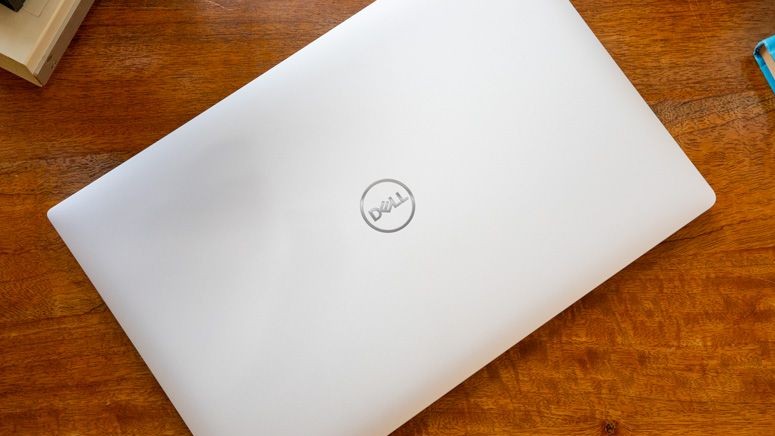Nasty Windows flaw causing Dell, Lenovo and Asus laptops to overheat [Update: Dell fix]
Modern Standby is at fault...again

Update on Jan 30: Dell informed us of a “Modern Standby Performance Improvement” software package made available to XPS 15 owners in August of last year.
Here is exactly what it does:
1. Installs the latest BIOS for XPS 15 model 9570
2. Installs the latest driver for Intel Rapid Storage Technology
3. The wake-on-wireless LAN (WOWLAN) feature is disabled
4. If Modern Standby is set to “Connected” mode, the package switches it to “Disconnected”
Notebookcheck tested the software package and determined that it fixes any battery draining problems but at the cost of permanently killing Wake on Wi-Fi.
We recommend downloading the patch if your XPS 15 is experiencing battery drain.
Sign up to receive The Snapshot, a free special dispatch from Laptop Mag, in your inbox.
Update on Jan 28: Microsoft told Laptop Mag that it's working with vendors to better understand any issues caused by Modern Standby.
“Microsoft is working with our device partner/s to understand the issue that has been reported and will work together to address it as soon as possible," Microsoft wrote in an email.
Microsoft's newest Windows 10 power mode might be causing your laptop to overheat.
Touted by Microsoft as an instant on/off feature similar to what you experience with a smartphone, Modern Standby puts your laptop in a low power state but keeps the device aware enough to continue processing background tasks and instantly awake when you press the power button.
Modern Standby is a convenient feature, one that has saved us a bunch of time while reviewing Windows 10 laptops. Unfortunately, the power mode is reportedly causing some laptops to overheat while they're not in use.
Tech site Notebookcheck identified three newly-released laptops that overheat in Modern Standby mode: the Dell XPS 15 (9570), Asus ZenBook 15 and Lenovo IdeaPad S740 15. The Lenovo had the most serious problems, consuming 27.4 watts of power when the lid was closed and the laptop was in sleep mode. As it slept, the IdeaPad S740 ran a fever of 122 degrees Fahrenheit, far above our 95-degree degree comfort threshold. Those concerning readings were measured after the laptop was updated with the latest drivers and Wi-Fi was turned off.
As Notebookcheck points out, overheating can have an impact on battery life. Even more concerning is the risk of thermal runaway when a lithium-ion battery is exposed to high temperatures for long periods. There haven't been any reports of Modern Standby causing fires or explosions, but Windows 10 users should power down their laptops if they find them overheating overnight while in sleep mode.
The handful of laptops named above are likely just a sample of those with problems caused by Modern Standby. We found dozens of forum posts from frustrated users asking Microsoft to fix Modern Standby or revert back to the previous S3 power state.
This isn't the first time Modern Standby has been on the hot seat; We previously reported on XPS 15 users complaining that Modern Standby was draining battery.
Can you disable Modern Standby?
We wish we could share a fix for any problems you're experiencing with Modern Standby, but there is simply no easy way to disable the feature.
Yes, you can try different workarounds posted to online forums but those could lead to even more problems.
If it's consolation, not every laptop using the sleep mode is having overheating problems. This suggests some type of compatibility issue. We can only hope Microsoft works with its vendors to push out updates that fix any issues caused by Modern Standby. And that those updates don't create more problems than they solve.
Phillip Tracy is the assistant managing editor at Laptop Mag where he reviews laptops, phones and other gadgets while covering the latest industry news. After graduating with a journalism degree from the University of Texas at Austin, Phillip became a tech reporter at the Daily Dot. There, he wrote reviews for a range of gadgets and covered everything from social media trends to cybersecurity. Prior to that, he wrote for RCR Wireless News covering 5G and IoT. When he's not tinkering with devices, you can find Phillip playing video games, reading, traveling or watching soccer.

